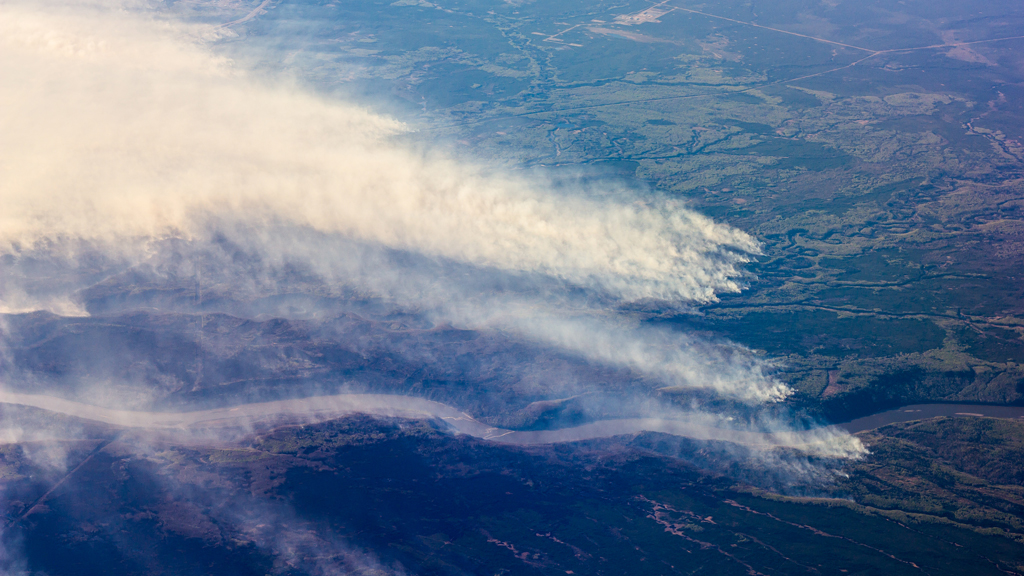Greater effort and investment is needed if Canada’s aging infrastructure is to keep pace with accelerating climate change, a new report by the International Institute for Sustainable Development (IISD) concludes.
While a number of steps have been taken to increase the resiliency of infrastructure, the research indicated municipalities and governments must do more to incorporate climate change risks into the design, operation and rehabilitation of built infrastructure in order to keep pace with anticipated changes.
“A key takeaway from the report is that managers of public and private built infrastructure need to consider the escalating risks associated with climate change when making decisions regarding their design, operation and rehabilitation if they are to ensure the resilience of communities,” said Darren Swanson, an associate of the IISD, director of Novel Futures Corporation, and lead author of the report.
“Canada’s climate is changing, which means that it is no longer possible to assume that the frequency of climate-related events, such as extreme heat events or flood, will be the same in the future as they were in the past. If these changes are not accounted for in the design, operation and rehabilitation of infrastructure, there is greater potential for them to be damaged or lost — which means greater cost to lives and the economy.”
Swanson says climate-related events are causing billions of dollars in damage to property each year and the costs will only grow unless steps are taken to increase the climate resilience of built infrastructure.
The report, called Advancing the Climate Resilience of Canadian Infrastructure: A review of literature to inform the way forward, was prepared to provide Canadians with current information regarding how the climate is changing and the implications of these changes for the built infrastructure of the future.
Swanson says development of the report corresponds with a growing awareness of the risks for built infrastructure due to climate change, spurred by events such as the wildfire in Fort McMurray, Alta., and the heat dome in Western Canada this past summer.
“By compiling examples of the information available into a single report, the report is intended to support efforts by decision-makers to move from awareness of climate change risk to implementation of the steps needed to ameliorate these risks.”
The report presents information regarding climate risk in different locations and for different types of infrastructure, and highlights examples of the growing array of policies, tools, standards and guidance documents now available to help decision-makers support efforts to increase the climate resilience of their built infrastructure.
The report suggests a need for structure changes to the components of critical infrastructure to promote climate resiliency. This can be done through, for example adopting green roofs on buildings, using increased surface and groundwater storage and retention for drought management, increasing drainage capacity, culvert debris clearing and the use of permeable pavement in urban areas.
Fortifying against flooding by elevating electrical substations and electrical components is another recommendation, along with burying distribution lines and using microgrids for protection and redundancy against summer and winter storms, and increasing the cooling capacity of data centres to cope with higher temperatures.
According to the report, one third of core public infrastructure is in poor condition, with the estimated infrastructure deficit in Canada pegged at between $150 billion and $1 trillion.
Because infrastructure assets have long lifespans, it is important that decisions made while closing this gap look to the future, recognizing that climate-resilient infrastructure builds community resilience over the long-term, the report states.
“To achieve this objective, greater effort is needed in areas such as increased use of climate risk assessments and climate projections for infrastructure design, and the development and use of updated building codes and natural infrastructure solutions.”
While there has been progress, Swanson says there is a need to increase the capacity of infrastructure planners and decision-makers to consider changing climate-related risks and use available assessment tools.
Greater research and development is needed to identify new and improved adaptation options, such as how to use natural infrastructure solutions like artificial wetlands, shelterbelts and coastal grasses in tandem with built infrastructure, he notes, and financing options that bring together public and private sources of capital needs to expand.
Investing now in climate resilience will reduce the potential for property damage, economic losses and social disruption in the future, Swanson says. It will also protect lives and livelihoods and has the potential to increase the lifespan and reliability of infrastructure assets as well as be more cost effective over the long-term.
Whether or not the changes will be sufficient to keep pace with climate change will depend on factors such as location and ultimately on the extent to which the global community achieves the deep reductions in greenhouse gas emissions to diminish the degree of climate change experienced in future, says Swanson.
“If we do not address climate vulnerabilities and risks in existing and new infrastructure, societal costs due to climate-related disasters — such as displacement of people from their homes and disruption of local economies — will continue to rise.”











Recent Comments